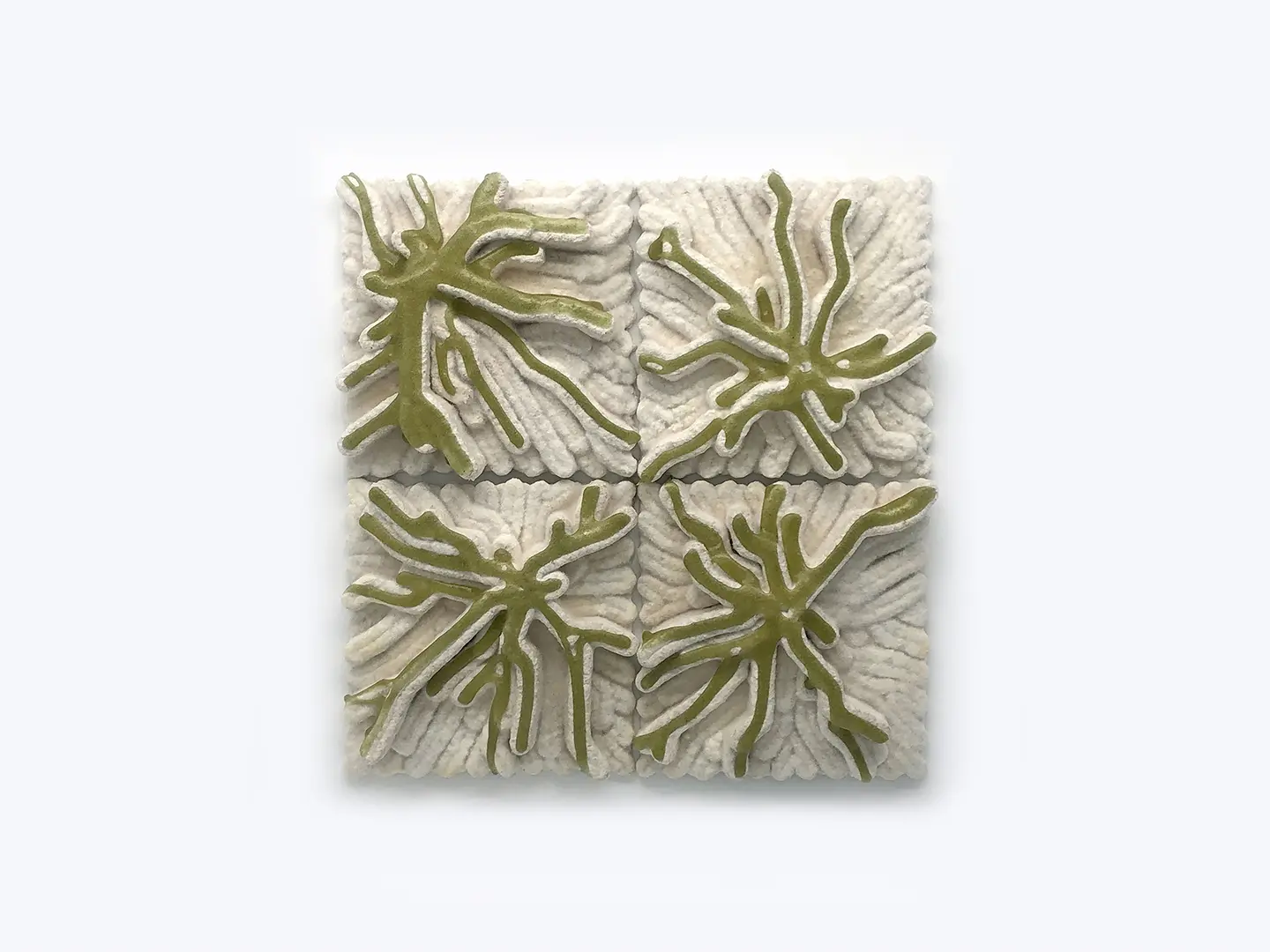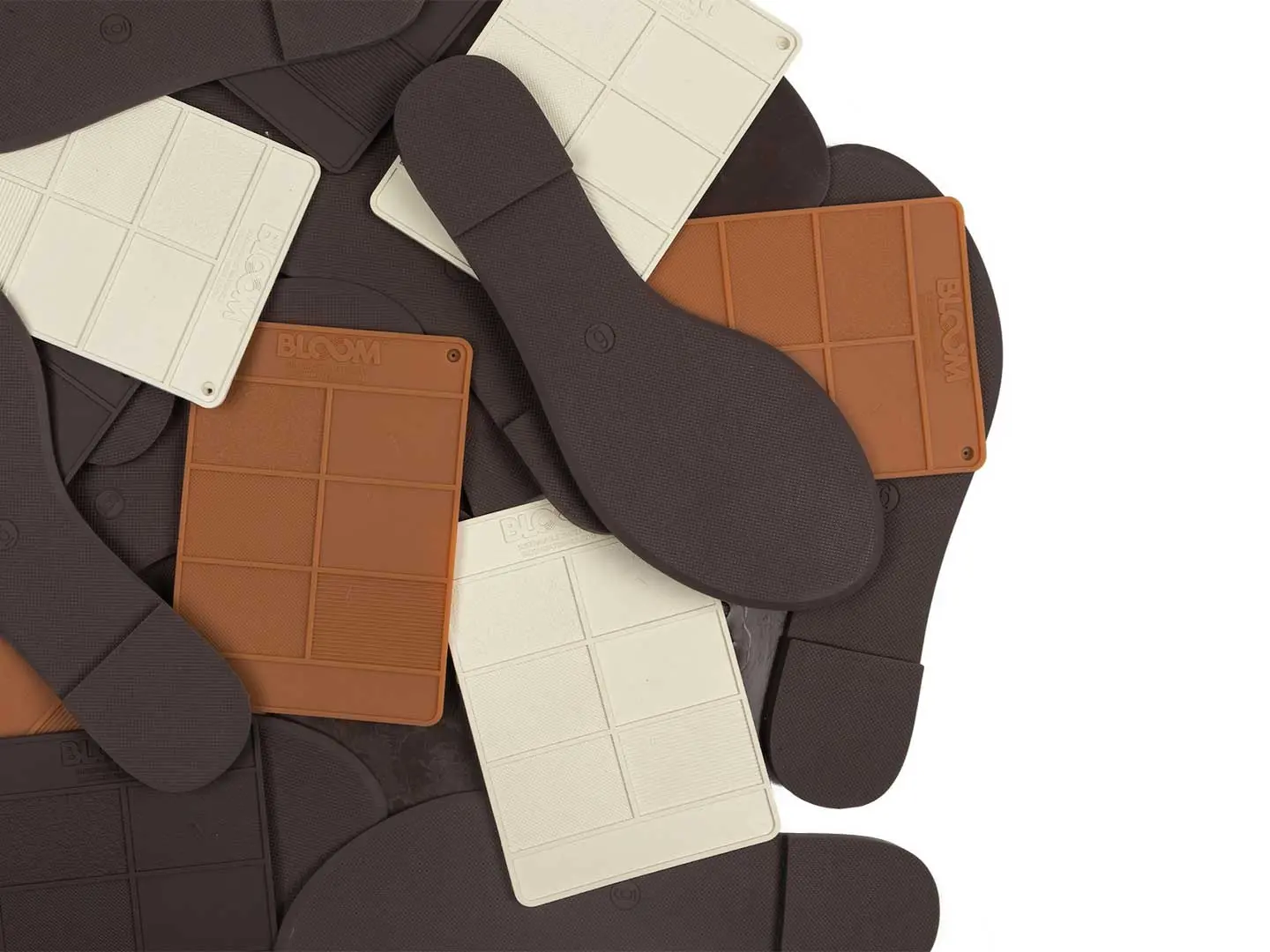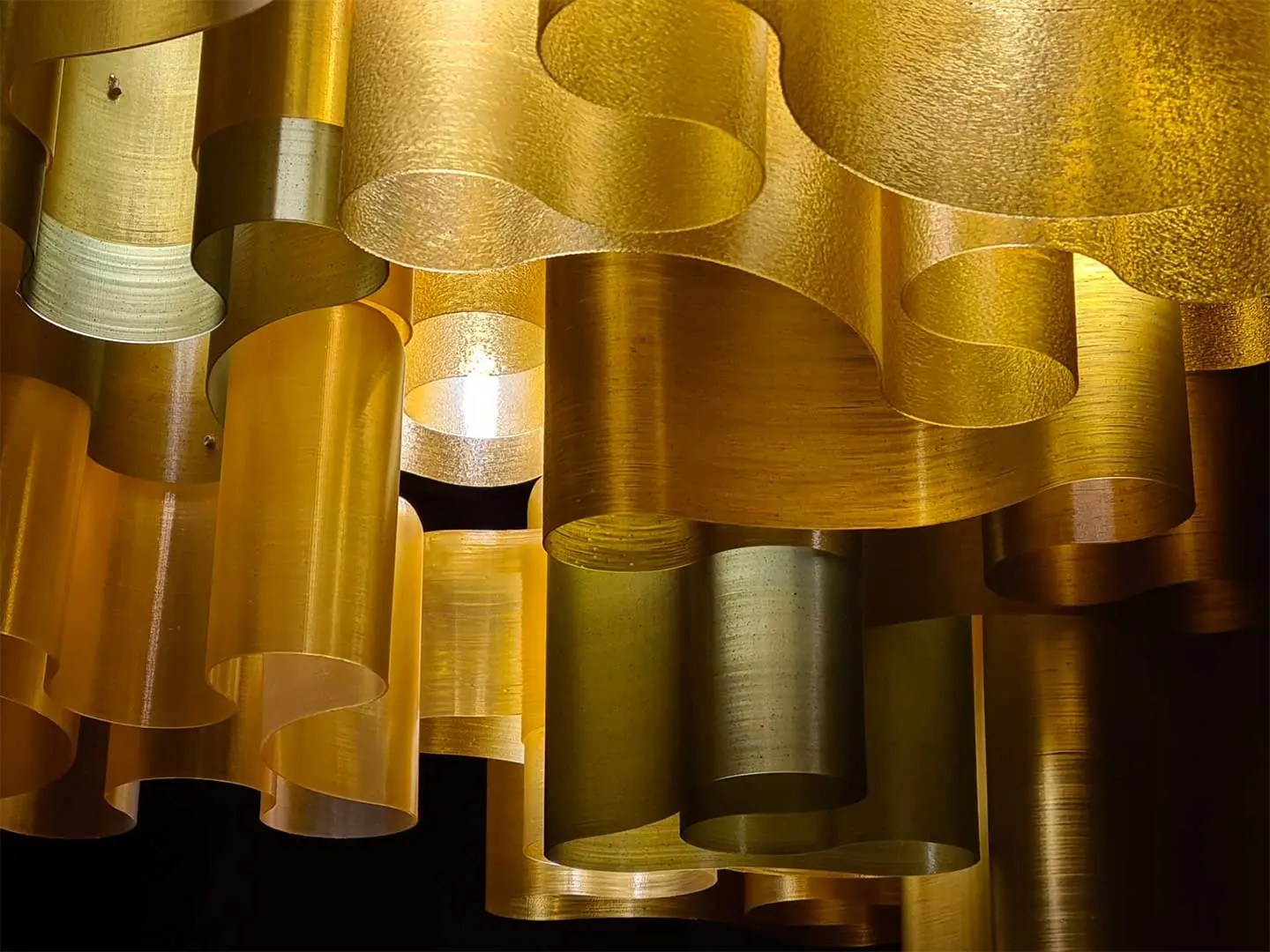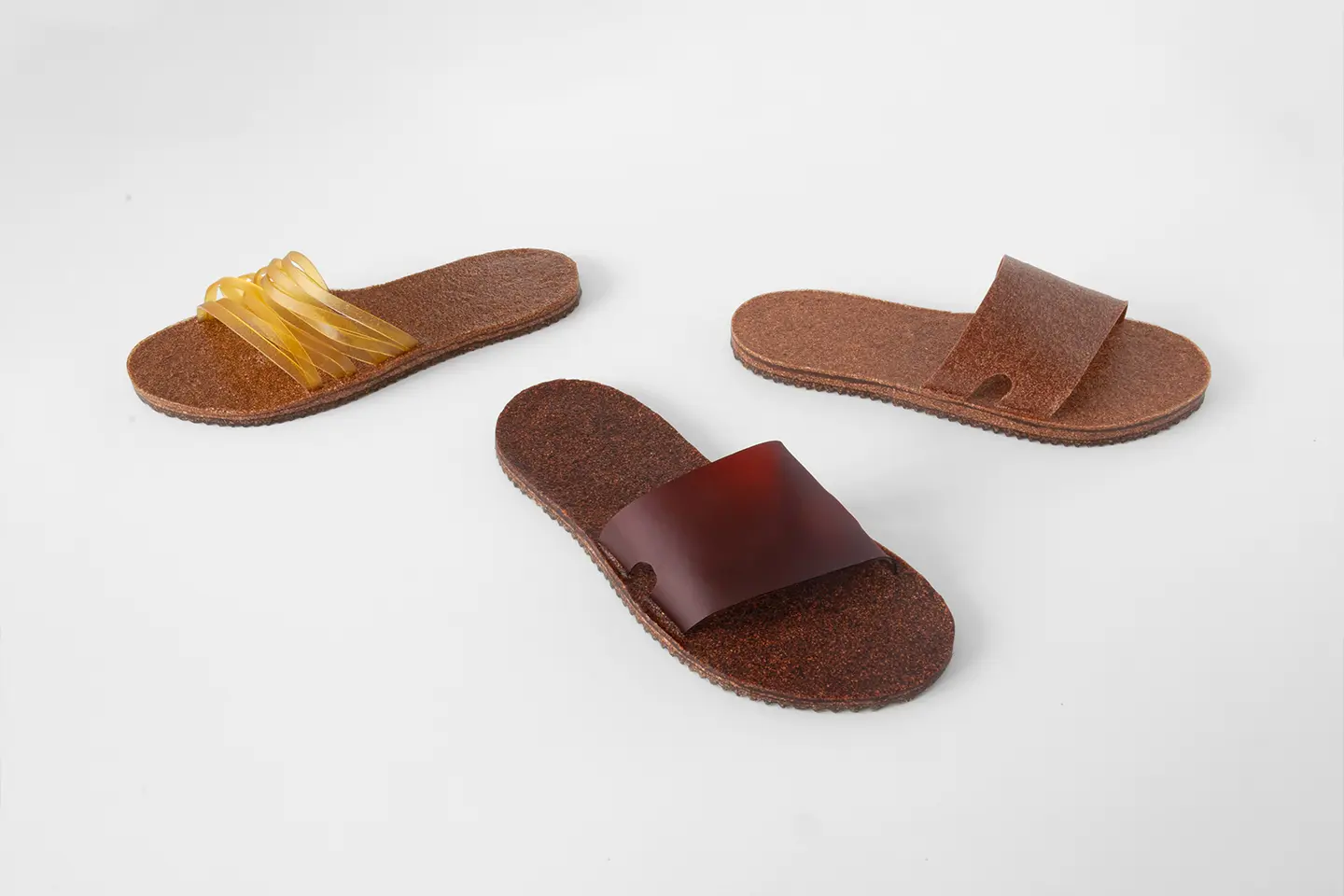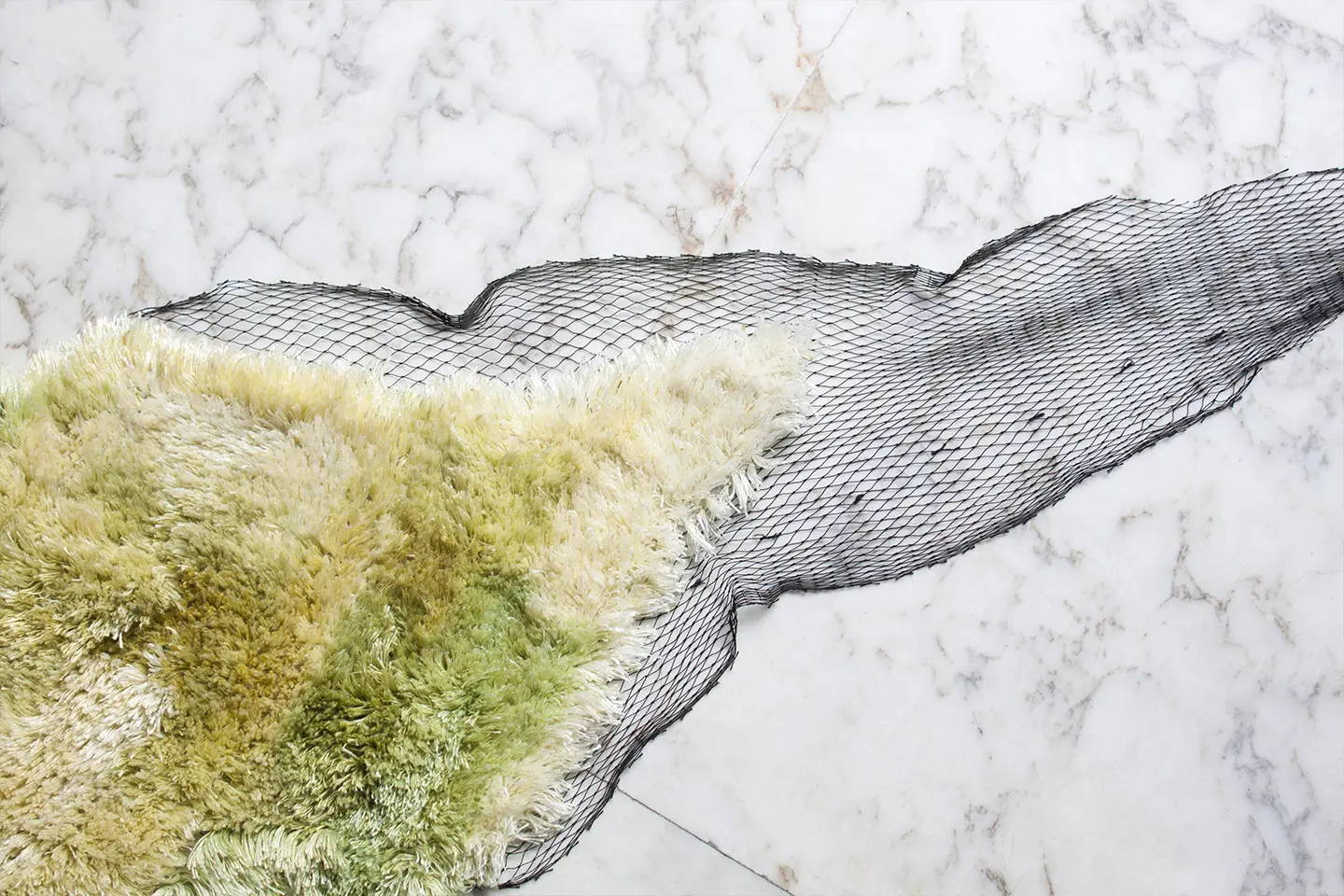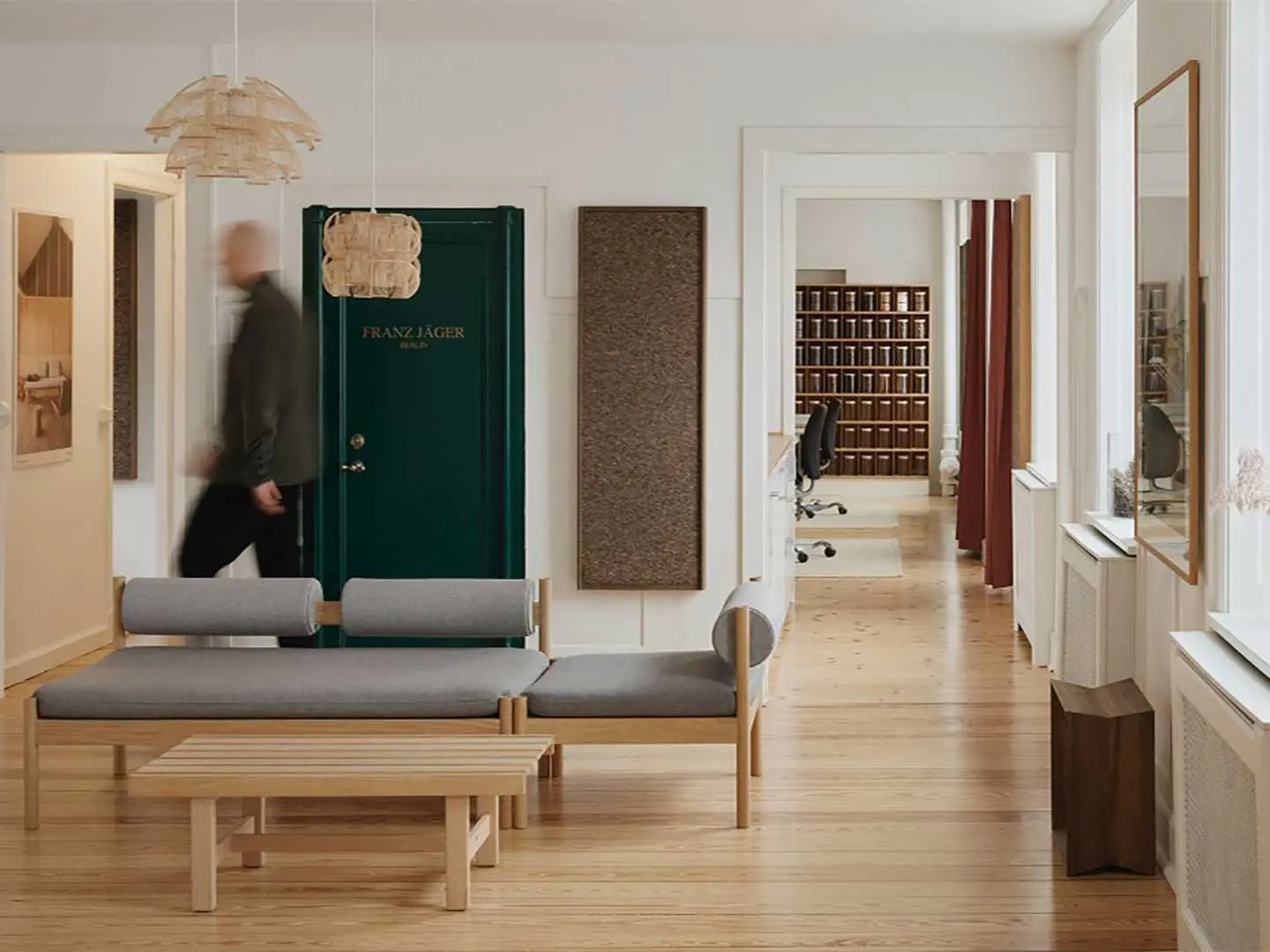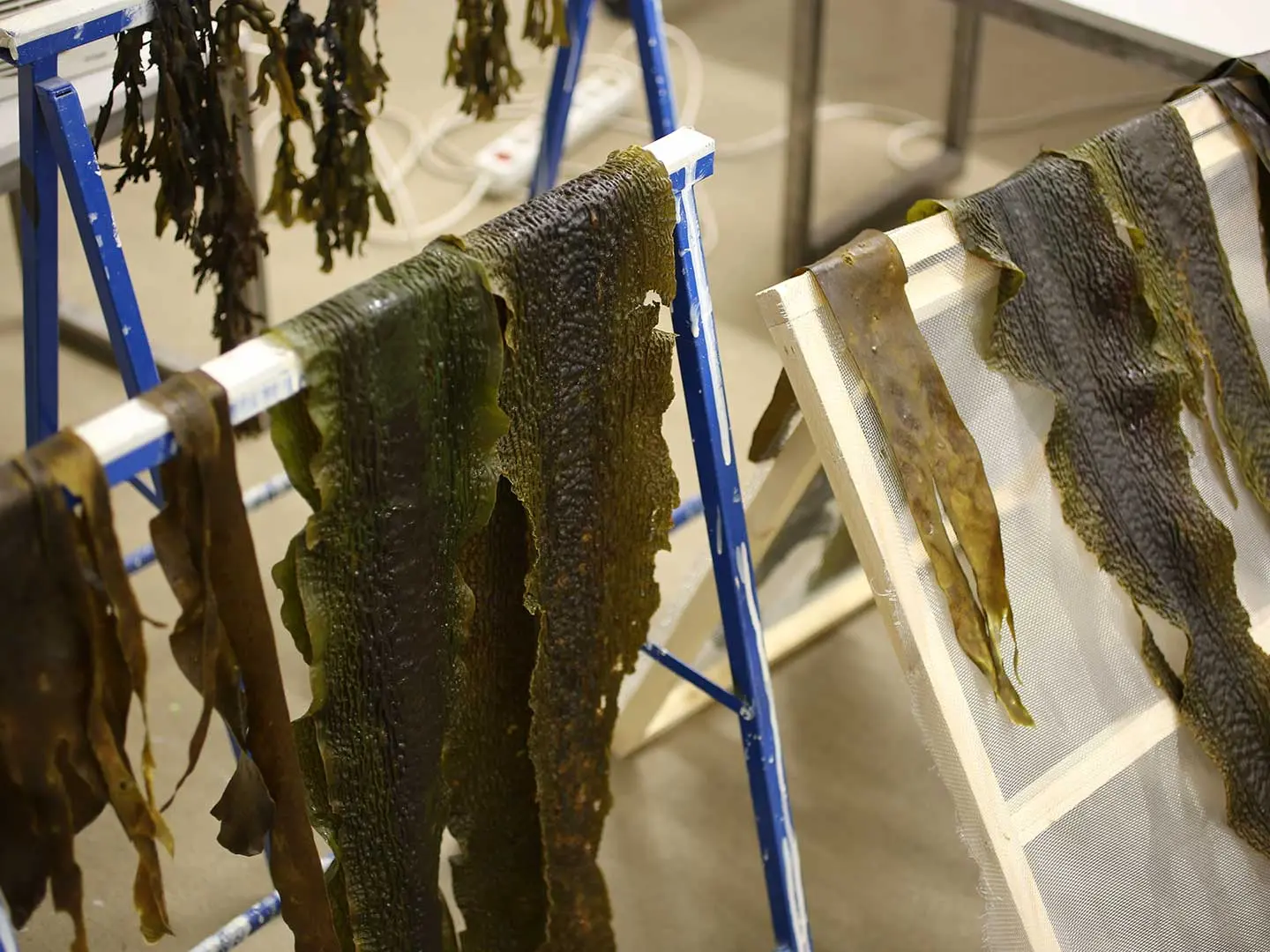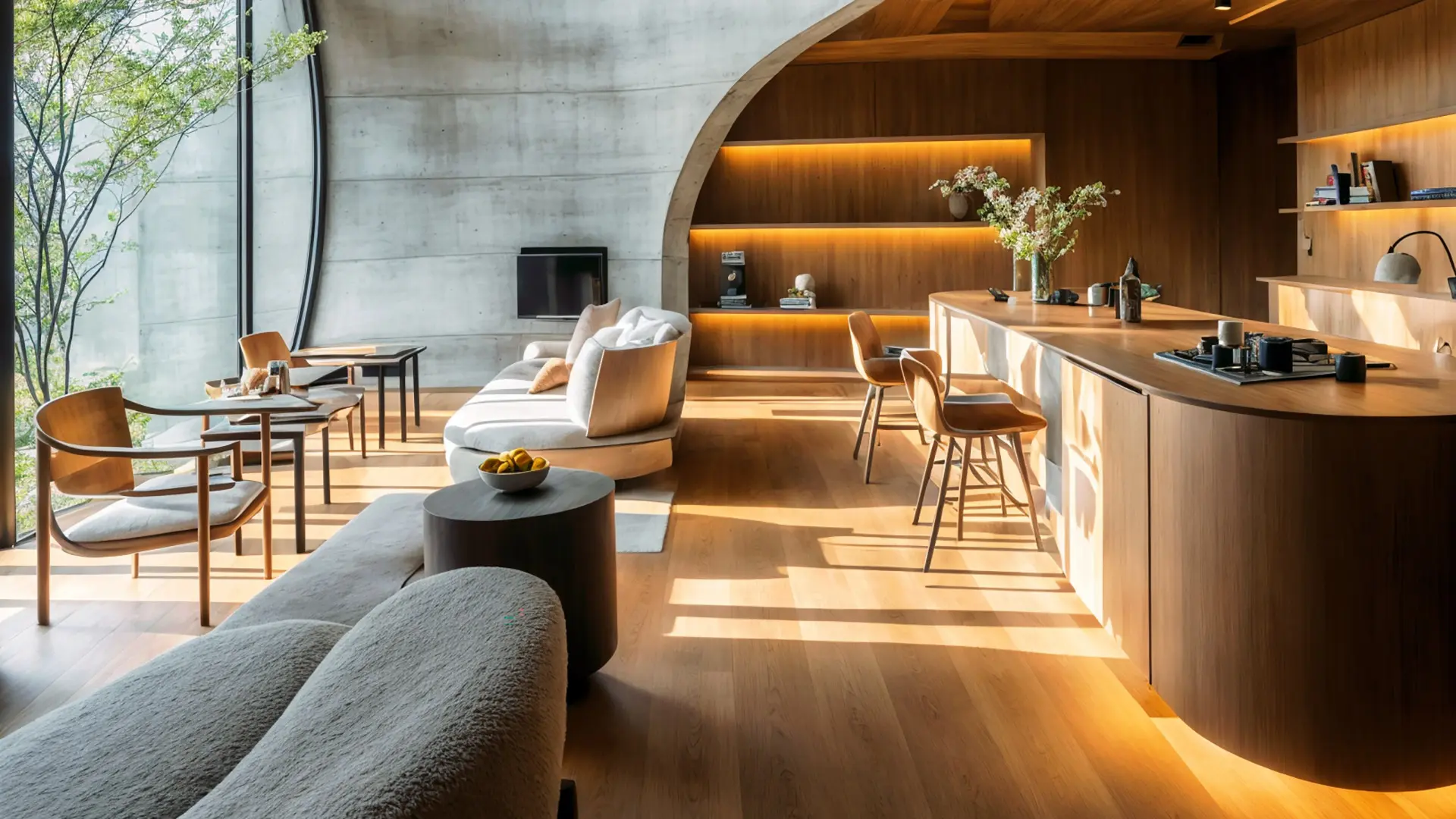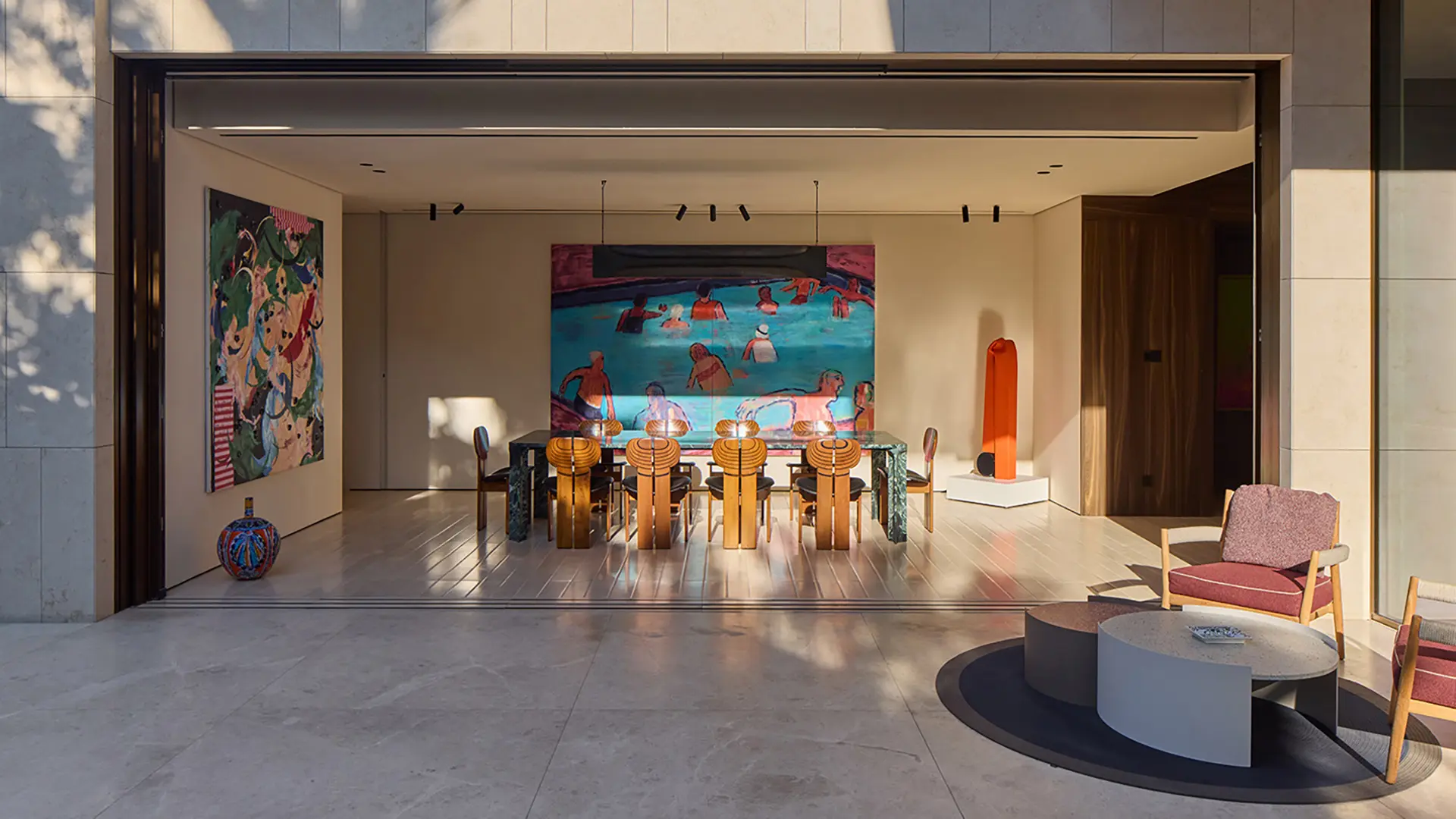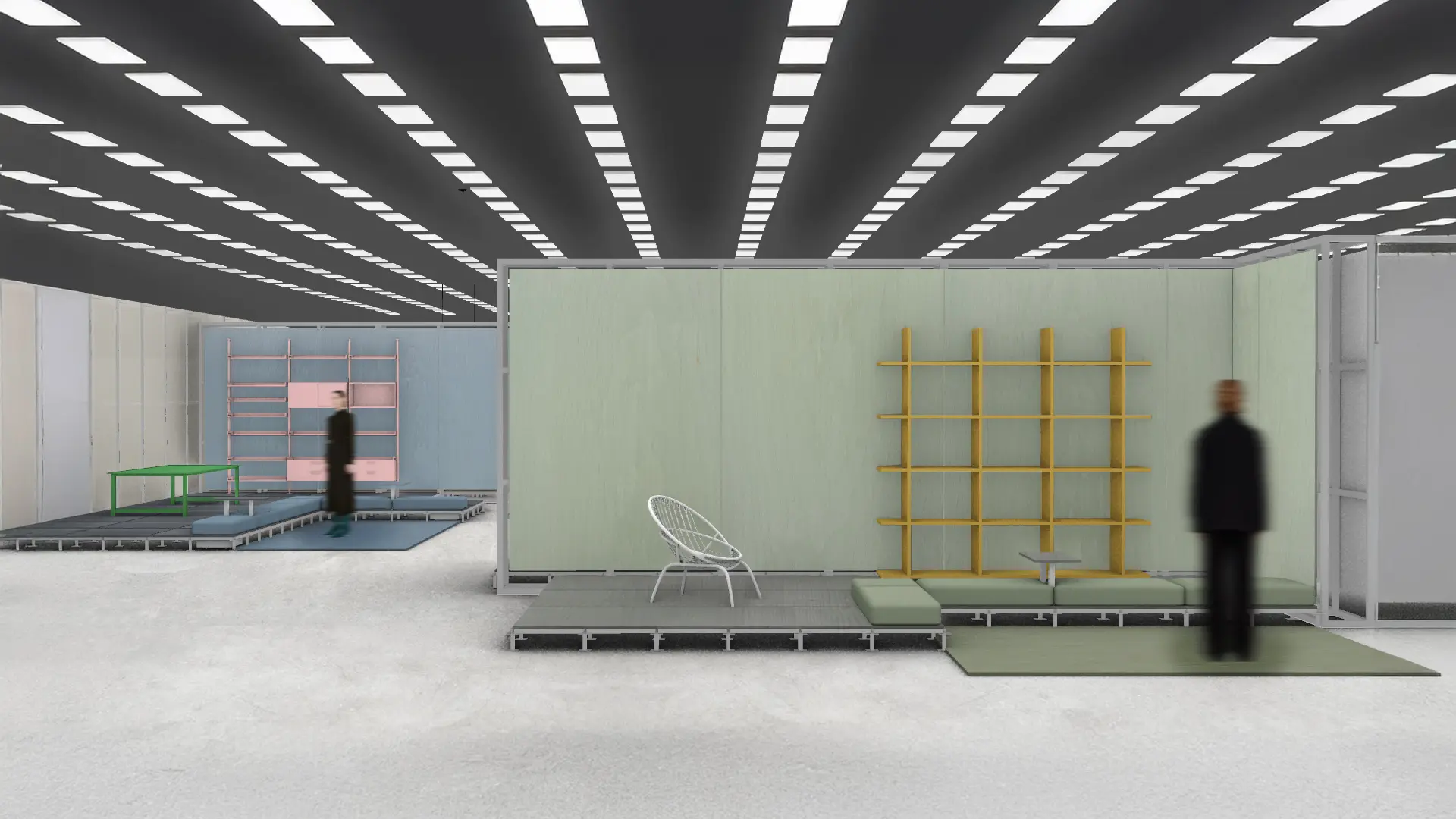Smart and sustainable purchases: how to make the most of the appliance bonus and how to apply. Requirements, amounts and limits to be aware of
Biomaterials and the new frontier of living materials: seaweed
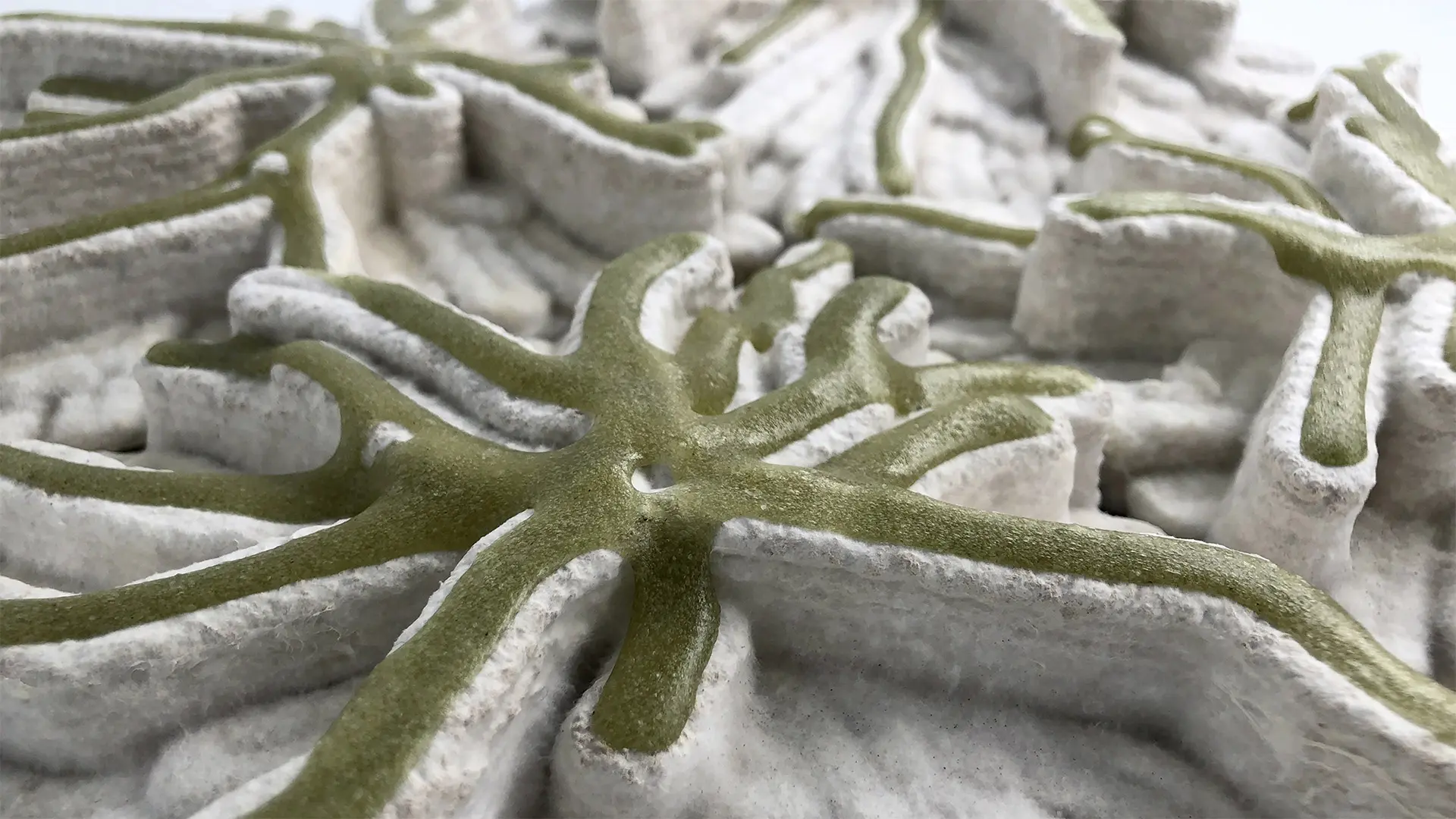
Courtesy of bioMATTERS
The second chapter of “Living Materials”, the new feature devoted to the materials of the future by Daniela Amandolese, researcher and lecturer at the German University in Cairo. It explores the potential for symbiotic design between people and living organisms
After introducing the concept of Living Materials and exploring the ways they are interpreted in mycelium-based materials, this article focuses on another group of living materials, namely plant-based materials, particularly those derived from algae.
“Algae-based materials can replace synthetic components and fossil fuels such as oil, assisting the transition to a circular economy” (Jones et al., 2022).
In this historical period, when we are observing an excessive use of non-renewable resources, we need a circular and biophilic approach. Thanks to the work of some designers who are promoting these methods, we are beginning to see that alternative systems of production and consumption are possible and recognizing that material innovation will be crucial to achieving this goal.
Currently, most polymers of biological origin come from plant cellulose derived from agriculture. However, to effectively replace the large volumes of petroleum-based polymers without reducing the agricultural resources for producing food, it is crucial to develop new materials from other easily and quickly renewable resources. Thanks to their rapid growth and ability to absorb carbon dioxide, algae, for example, are a practical answer.
“Seaweed can grow up to 60 times faster than terrestrial plants, offering a low-impact renewable resource for the construction sector” (Smith et al., 2021).
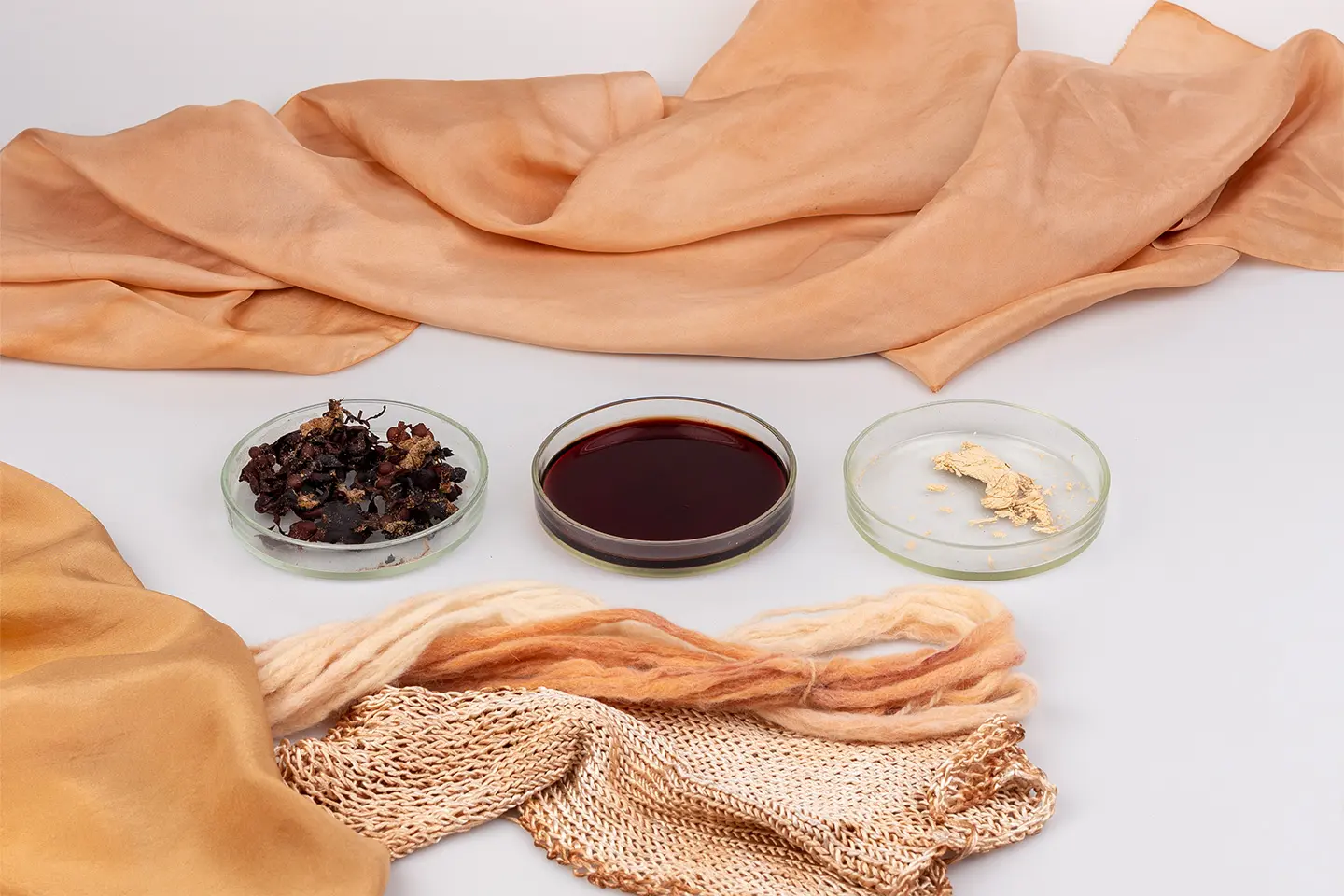
Courtesy of Katarina Kruus - pigments extracted from local algae
The properties of algae have long been known and they are used in different fields, such as nutrition - since they contain vitamins, minerals, antioxidants, amino acids and fiber, or in medicine for their anti-inflammatory and antioxidant effects. But in recent years, the design world has also begun to look at algae with increasing interest as an alternative resource.
“The farming of algae can help achieve the EU’s objectives in terms of decarbonisation, zero pollution, circularity, the preservation and restoration of biodiversity, the protection of ecosystems and the development of environmental services.” European Green Deal
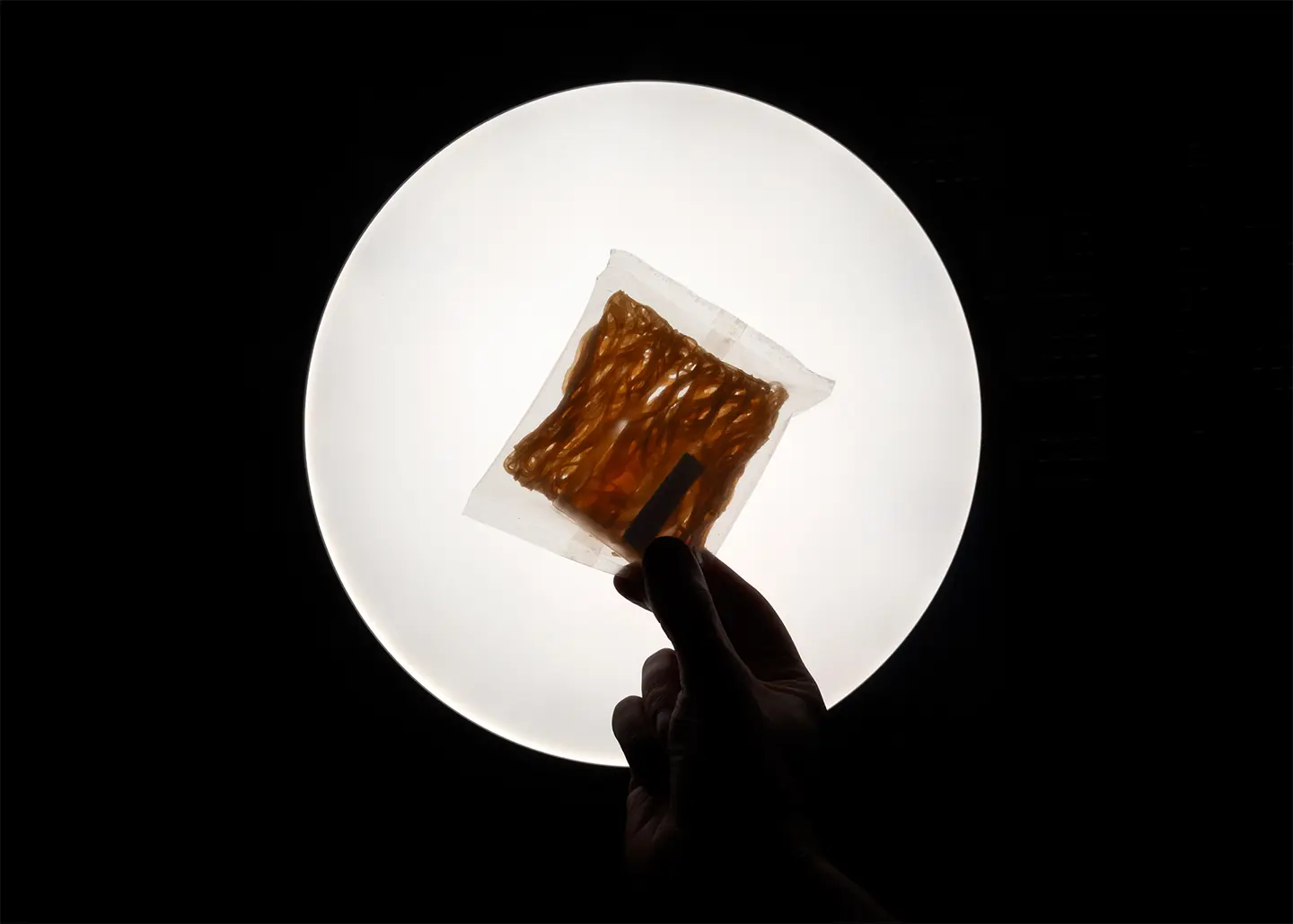
Courtesy of Giestas
Algae are plants that live in aquatic environments and there is an endless variety of them. For example, they can vary in size, starting from microscopic ones, such as Chlorella, a single-celled microalgae, up to macroscopic ones, like giant kelp, which can reach lengths of over 30 meters. The forms of algae are also very varied. For example, Spirogyra is filamentous, with long, slender structures, while Ulva has a lamellar shape, resembling a flat, broad leaf. And finally, algae are often also classified according to their color, which depends on the pigments present in their cells. Green algae, such as Chlorophyta, contain chlorophyll, while red algae, such as Rhodophyta, have red pigments.
Materially, seaweed is amazingly versatile. It can be turned into bioplastics, textile fibers or composite materials for cladding and structures. In addition, products derived from algae are completely biodegradable, making them ideal for temporary or closed-loop applications.
Several companies, design studios and researchers have begun to explore the potential of these materials by applying them to various sectors of design.
EcoLogic Studio
EcoLogicStudio is an architecture and design studio based in London, founded by Claudia Pasquero and Marco Poletto. This practice focuses on the fusion of biology, technology and design. Algae are to the fore among the materials that they explore.
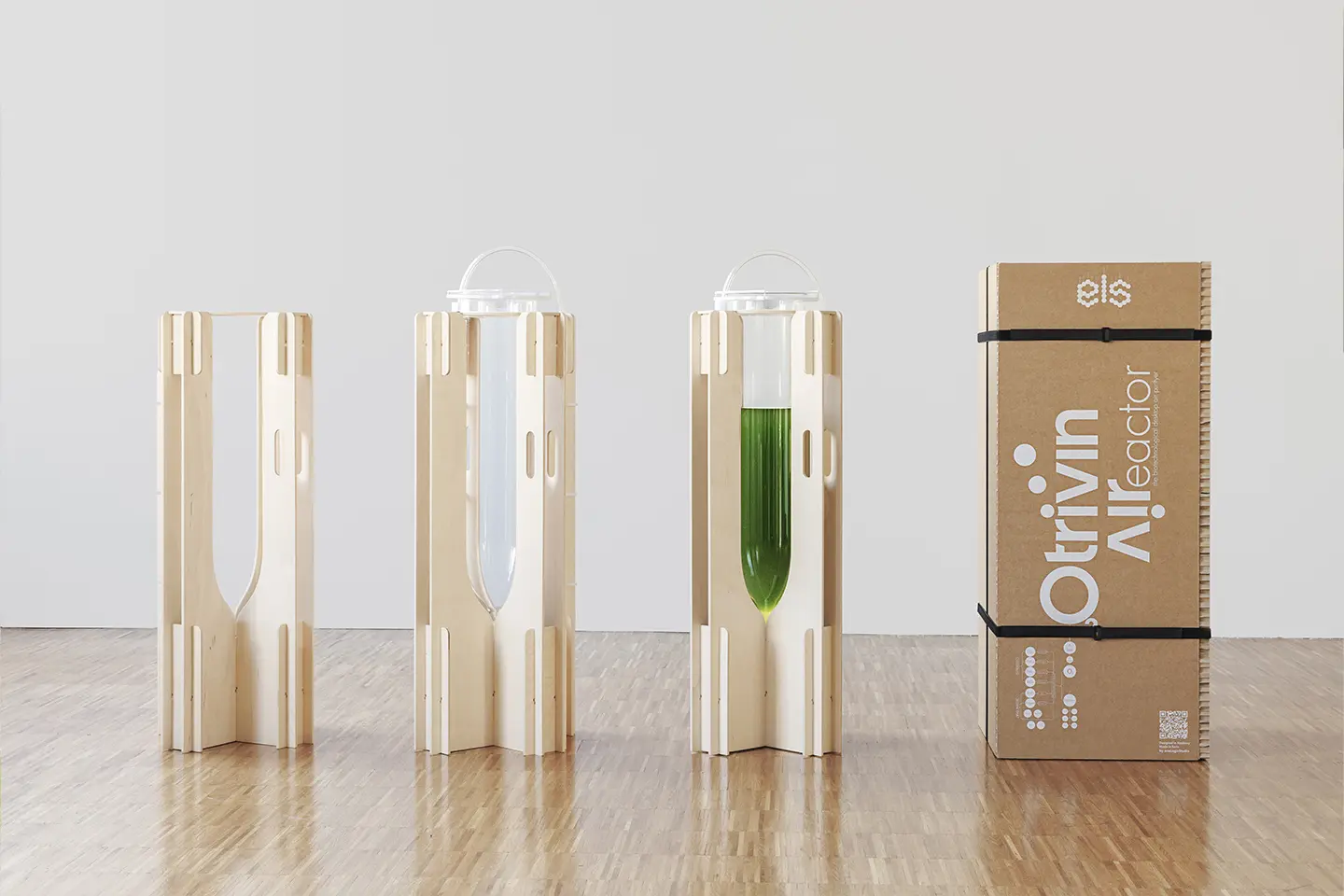
Courtesy of EcoLogic Studio
PhotoSynthetica Collection is their first range of biophilic design products (an approach inspired by the aesthetics and functionality of natural systems). This collection is the culmination of five years of research and development. It implements the results of several projects conceived by EcoLogicStudio, such as the BioBombola, the Otrivin Air Lab, the Air Office and the Tree One.
The PhotoSynthetica Collection includes: the AIReactor - a biotechnological desk air purifier; the Compostable Stool; and the Bio-Digital Ring - a 3D printed jewel made from re-metabolized pollution.
Each piece connects the spheres of biophilic and digital design, implementing true circularity in both production and use. In fact, the biomass generated by the air purification process becomes a raw material for the 3D printing of the compostable stool and the jewel.
“This collection grew out of the dream of growing the city of the future starting from the residual pollution of our current fossil civilization. More than products, these first three objects are tools for starting a collective process of urban re-metabolization,” says Marco Poletto.
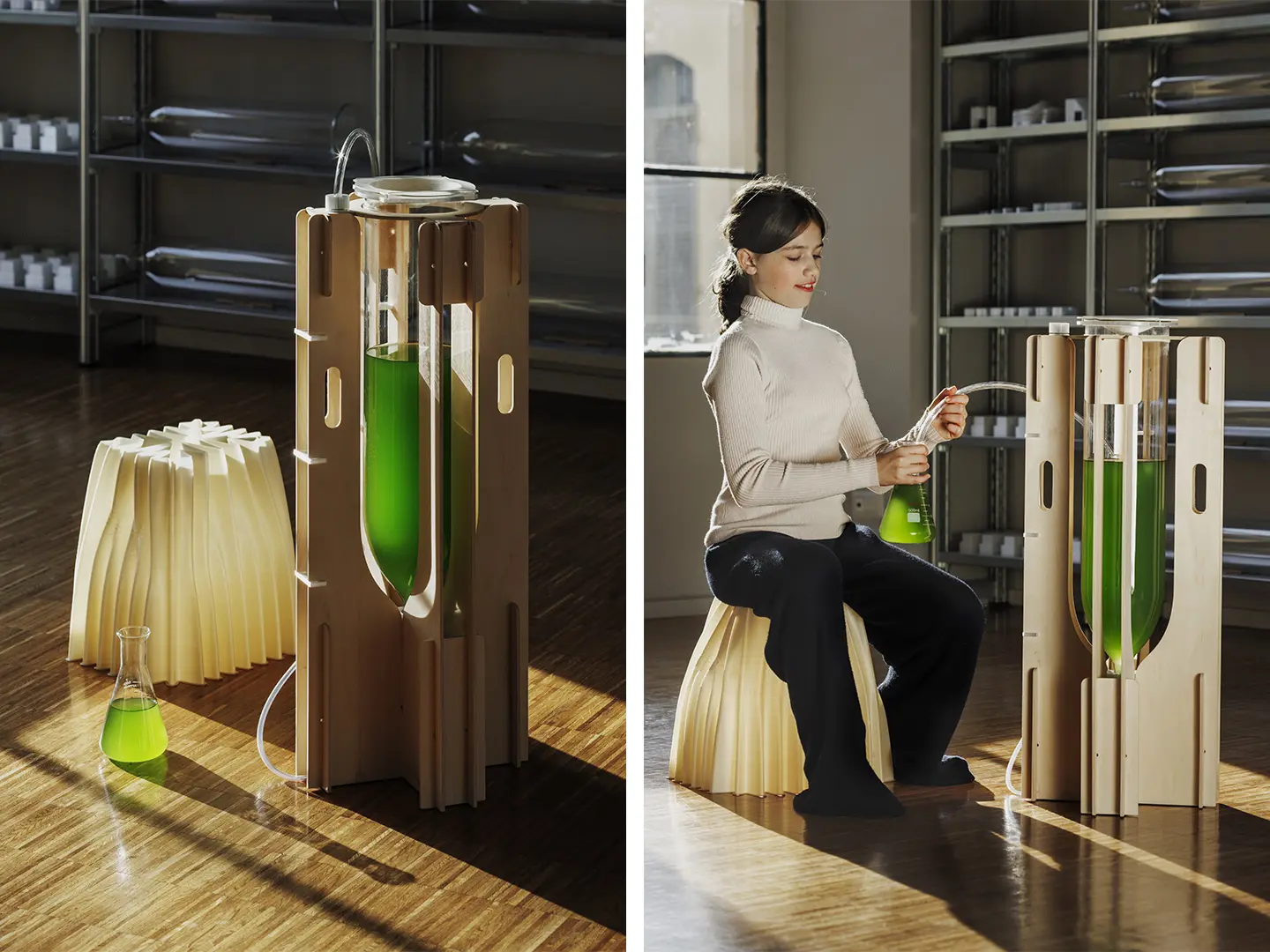
Courtesy of EcoLogic Studio
bioMATTERS
bioMATTERS, a biodesign studio based in both New York and London, has designed MYCO-ALGA, an indoor wall cladding system made with 3D printed mycelium and algae.
These tiles consist of living organisms and recycled natural and organic waste, ensuring a completely biodegradable final product. The final step involves the application of bio-pigments extracted from the harvested algal biomass, transformed into gels. These pigments are 3D printed on each tile.


 Sustainability
Sustainability
